Unlock Your Potential: Analyse Your Paddling
Whether you’re into stand up paddle boarding, kayaking, canoeing or any other paddle sport, understanding your performance data is key to maximise your potential. With Paddle Logger, you can track vital metrics like speed, pace, and heart rate, and check out how they change throughout your session by viewing the graphs. This isn’t just about numbers; the data is designed to help you improve and become a better paddler.
The Importance of Tracking Speed, Pace, and Heart Rate
Before diving into the graphs, it’s important to know why the data matters:
Speed: Your speed on the water is a direct indicator of your efficiency and technique. Whether you're racing against the clock or simply striving to improve, knowing your speed helps you gauge your progress and set realistic goals.
Pace: Pace is about consistency. It’s the time it takes to cover a certain distance, typically measured in minutes per mile or kilometre. Tracking your pace can reveal whether you're starting too fast, slowing down too much, or maintaining a steady effort throughout your workout.
Heart Rate: Your heart rate is a window into your cardiovascular fitness. By monitoring heart rate zones, you can tailor your workouts to target specific fitness goals—be it building endurance, sprinting, or improving overall cardiovascular health.
How to Analyse Your Speed, Pace, and Heart Rate Graphs
The true power of our app lies in its ability to convert raw data into meaningful insights through graphs. Here’s how you can make the most of these visual tools:
Identify Trends
When paddling, your speed and pace are influenced not just by your effort but also by external factors like wind and tides. By reviewing your speed and pace graphs over multiple sessions, you can identify patterns that go beyond daily fluctuations. Usually, you’ll notice that your speed increases significantly when paddling downwind or with the tide, but if your average speed and pace increase over time despite the conditions it’s a good sign that you’re getting fitter, nailing your technique and getting faster as a result.
Monitor Workout Intensity
Heart rate graphs are particularly useful for understanding the intensity of your sessions. By correlating heart rate data with speed and pace, you can see if you’re pushing yourself too hard or not hard enough.
Paddle Logger allows you to view your heart rate on Apple Watch, and see how much time you spent in each heart rate zone afterwards. Ideally, you want your heart rate and pace graphs to align with your goals. If you’re aiming for endurance, your heart rate should stay in the aerobic zone while your pace remains steady. For speed training, you might see more fluctuations as you push into higher heart rate zones. For more about the benefits of using heart rate zones, check out this article.
Spot Inconsistencies
Graphs can help you spot inconsistencies in your performance. Perhaps you’re seeing a significant drop in pace halfway through your sessions, or your heart rate spikes unexpectedly. If the conditions have remained the same, then these could be signs of fatigue, poor technique, or even the need for better fuelling before your workout.
Set Realistic Goals
By analysing your workout data, you can set more informed and realistic goals. For instance, if your current speed graphs for sessions with calm weather consistently show 3 miles per hour, aiming for 4 miles per hour within a few months might be a reasonable target. You can then think about the types of sessions that will help you get there - are you struggling with your endurance? Or do you simply need to build up some speed? If your heart rate graph shows that you’ve been training in the moderate zones, you can set goals to gradually incorporate more high-intensity intervals and you should notice an increase in your speed.
Why This Matters for Paddling Workouts
Paddling workouts are unique in that they combine endurance, strength, skill and technique. Whether you’re stand-up paddle boarding, kayaking, or canoeing, the efficiency of your stroke and your ability to maintain a consistent effort are important, whether you’re . Speed, pace, and heart rate graphs provide valuable feedback that you can use to refine your technique, build stamina, and ultimately, paddle faster and longer.
For competitive paddlers, these insights are crucial for race preparation. Knowing your target pace and how your heart rate responds during high-intensity efforts can give you the competitive edge. For leisure paddlers, these graphs can help ensure that your workouts are enjoyable, safe, and aligned with your fitness goals.
Unlocking your potential as a paddler requires more than just time on the water. It demands a deep understanding of your performance, and that’s where Paddle Logger comes in. By leveraging speed, pace, and heart rate graphs, you can transform your workouts. Whether you’re looking to improve your race times, build endurance, or simply enjoy your paddling sessions more, these graphs contain some of the tools you need to get there.
Start analysing your workout data today and discover what you’re truly capable of achieving on the water. Your next personal best might be closer than you think!

